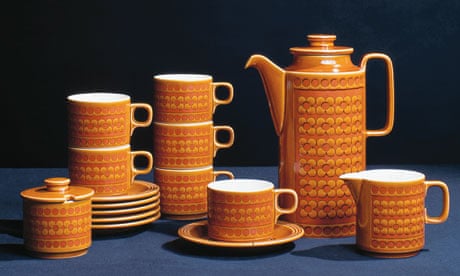Clockwork tin litho Jazzbo Jim, The Dancer On The Roof manufactured
by Unique Art Mfg. Co.
The toy has an interesting and popular history. Tin litho clockwork "jiggers" or dancing toys were produced over a period of nearly 50 years. They were based on similar wooden and composite toys which had been around since after the Civil War.
 Following World War I,
Ferdinand Strauss became the first U.S. company to produce the toy.
Marx was the first U.S. company to patent the mechanism. Marx purchased
the dies from the Strauss company when they went bankrupt in 1921. Marx
also briefly produced a coin operated version . As one of their earliest
and most popular toys, Marx subcontracted the C.E. Carter company to
produce the jigger toy for them under the Carter name. Marx eventually
purchased the Carter company in 1922.
Following World War I,
Ferdinand Strauss became the first U.S. company to produce the toy.
Marx was the first U.S. company to patent the mechanism. Marx purchased
the dies from the Strauss company when they went bankrupt in 1921. Marx
also briefly produced a coin operated version . As one of their earliest
and most popular toys, Marx subcontracted the C.E. Carter company to
produce the jigger toy for them under the Carter name. Marx eventually
purchased the Carter company in 1922.
Not to be outdone, Unique Art came out with their own version which was identical to the original Strauss toy (the Marx toy did not have a banjo and had some litho differences). Unique Art also copyrighted the Jazzbo Jim name in 1925.
However, the German company Lehmann was the first to produce a tin litho clockwork jigger in 1912. Battery operated and wind-up versions were still being manufactured by Linemar in Japan as late as the mid-1950's. in the early 20's. Of the three U.S. manufacturer's it's been my experience that the clockwork version by Unique Art is the most difficult to find.
Basically, all you do is wind 'er up, switch the side lever from stop to start, and Jim quickly "jumps" and spins (also called "buck and wing"). It works great! The toy is colorfully detailed, however the Unique Art trademark on the bottom of the cabin was the most intricately designed panel.
The box was printed with an illustration of Jim high steppin' on the cabin roof. A short set of instructions was included on the cover. The side panels feature the toy name in quaint, colorful text. (courtesy Grand Old Toys)
I have this much of Jazzbo Jim in stock right now. Perfect for a restoration project because the parts I have are in great condition. It is available for purchase here.
The toy has an interesting and popular history. Tin litho clockwork "jiggers" or dancing toys were produced over a period of nearly 50 years. They were based on similar wooden and composite toys which had been around since after the Civil War.
 Following World War I,
Ferdinand Strauss became the first U.S. company to produce the toy.
Marx was the first U.S. company to patent the mechanism. Marx purchased
the dies from the Strauss company when they went bankrupt in 1921. Marx
also briefly produced a coin operated version . As one of their earliest
and most popular toys, Marx subcontracted the C.E. Carter company to
produce the jigger toy for them under the Carter name. Marx eventually
purchased the Carter company in 1922.
Following World War I,
Ferdinand Strauss became the first U.S. company to produce the toy.
Marx was the first U.S. company to patent the mechanism. Marx purchased
the dies from the Strauss company when they went bankrupt in 1921. Marx
also briefly produced a coin operated version . As one of their earliest
and most popular toys, Marx subcontracted the C.E. Carter company to
produce the jigger toy for them under the Carter name. Marx eventually
purchased the Carter company in 1922.Not to be outdone, Unique Art came out with their own version which was identical to the original Strauss toy (the Marx toy did not have a banjo and had some litho differences). Unique Art also copyrighted the Jazzbo Jim name in 1925.
However, the German company Lehmann was the first to produce a tin litho clockwork jigger in 1912. Battery operated and wind-up versions were still being manufactured by Linemar in Japan as late as the mid-1950's. in the early 20's. Of the three U.S. manufacturer's it's been my experience that the clockwork version by Unique Art is the most difficult to find.
Basically, all you do is wind 'er up, switch the side lever from stop to start, and Jim quickly "jumps" and spins (also called "buck and wing"). It works great! The toy is colorfully detailed, however the Unique Art trademark on the bottom of the cabin was the most intricately designed panel.
The box was printed with an illustration of Jim high steppin' on the cabin roof. A short set of instructions was included on the cover. The side panels feature the toy name in quaint, colorful text. (courtesy Grand Old Toys)
I have this much of Jazzbo Jim in stock right now. Perfect for a restoration project because the parts I have are in great condition. It is available for purchase here.




















































